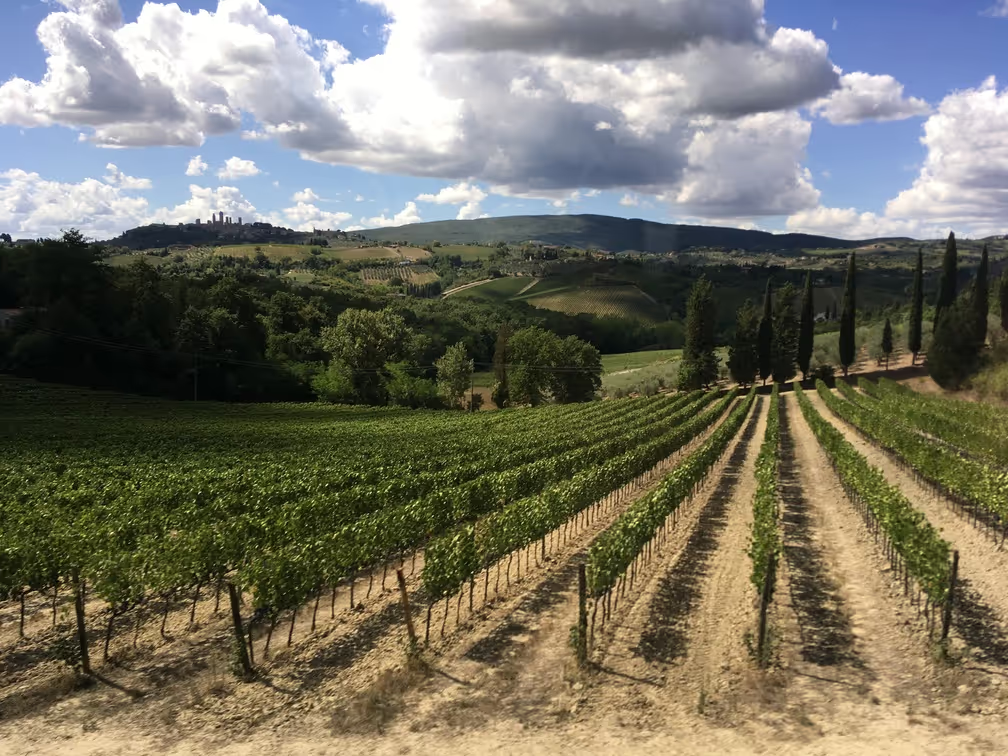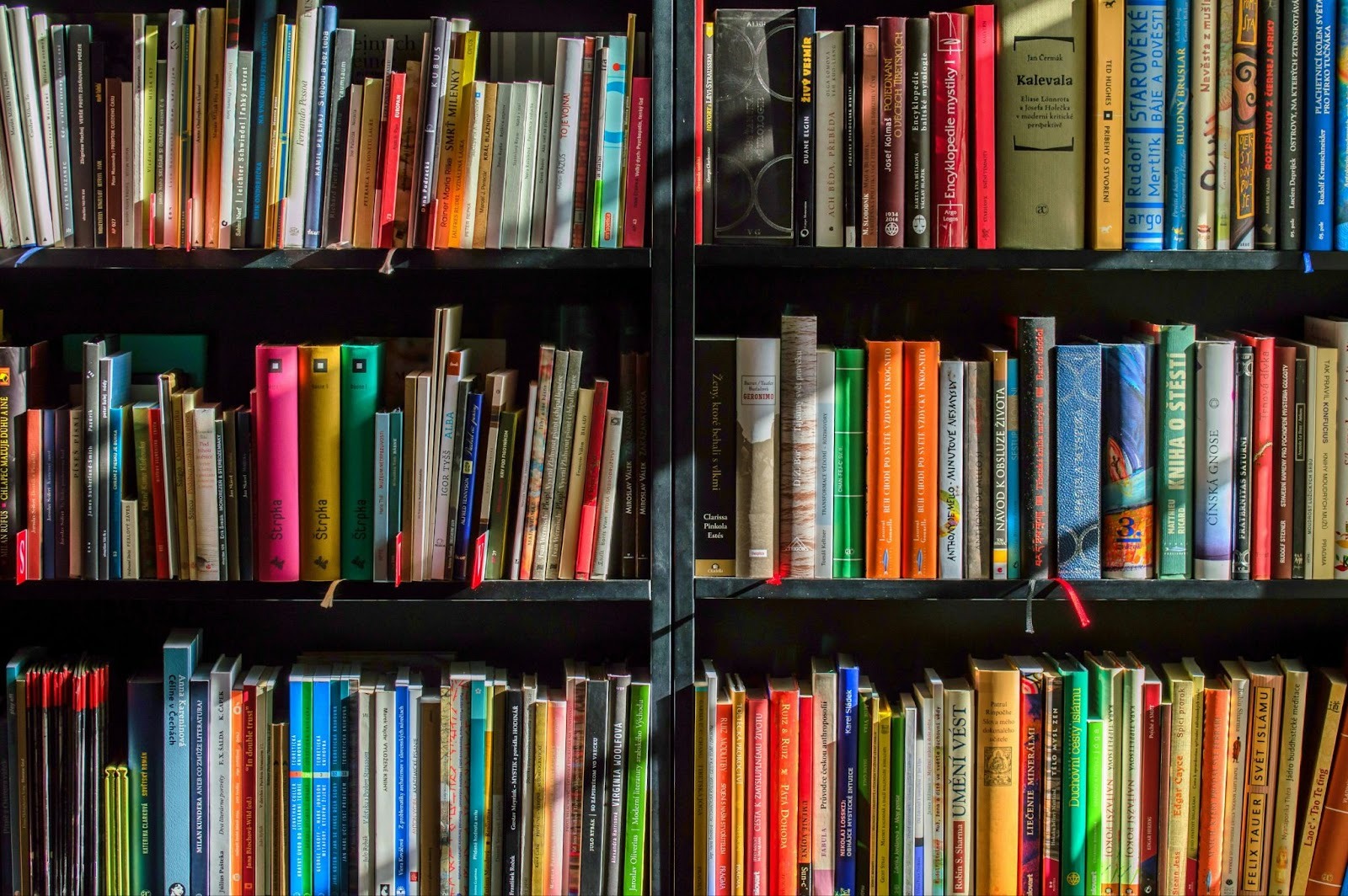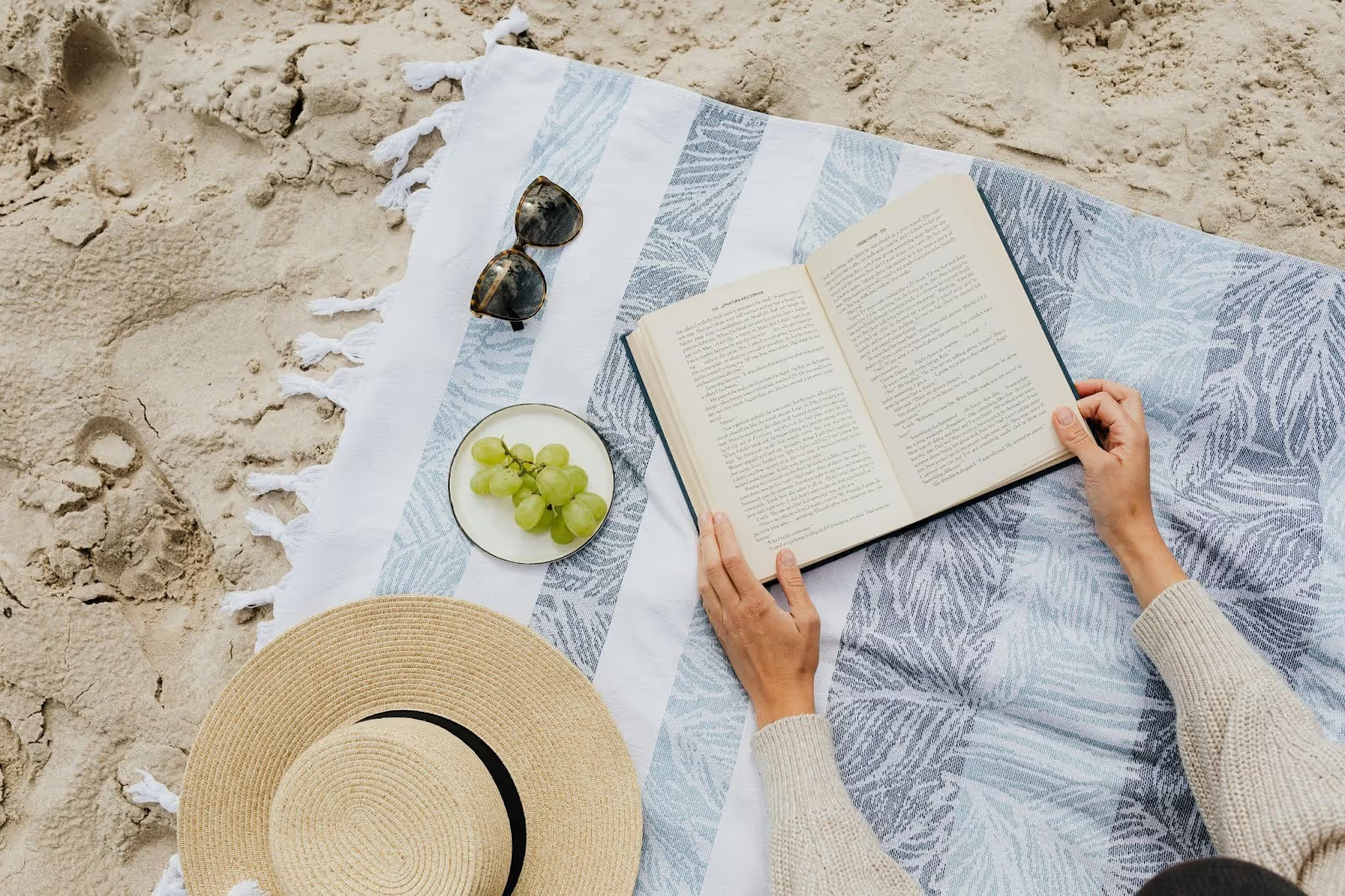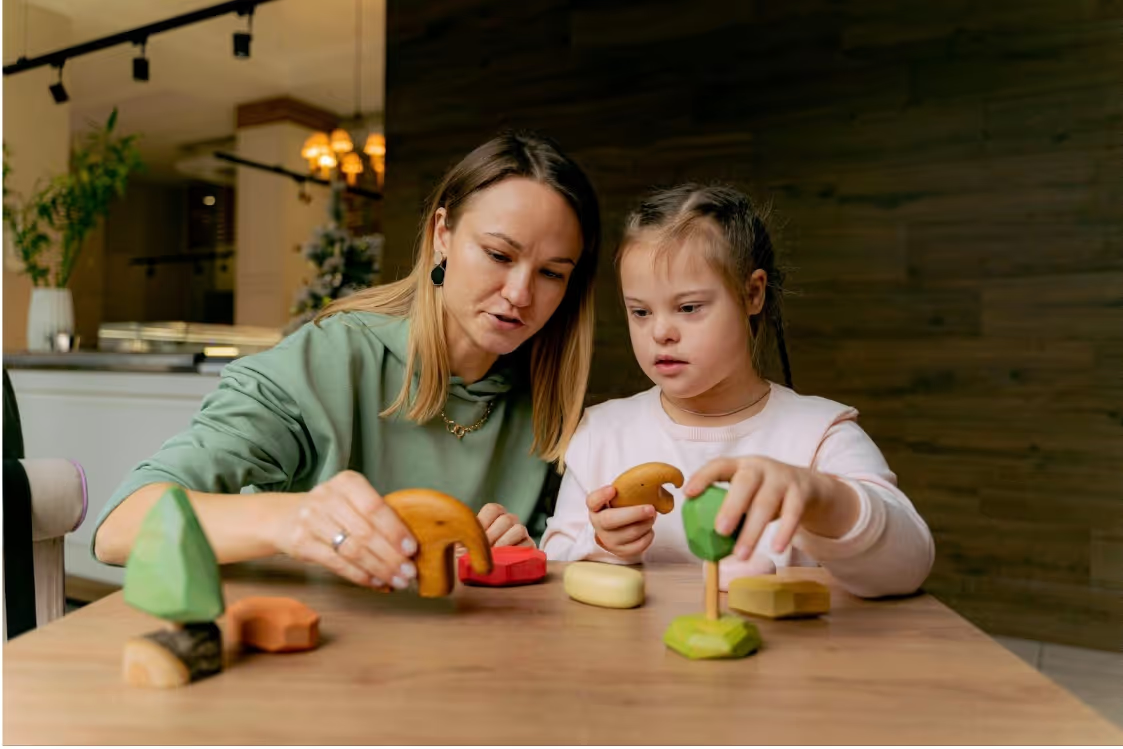Imagine walking into a wine shop. You ask for a recommendation, and the clerk leads you to a single bottle.
.jpeg)
“This is what we have,” they say. “It’s good. It’s classic. Everyone loves it.”
You blink.
“But… this is just one wine.”
They shrug.
“Well, we’ve sold this one for years. We know it does well. So this is what we stock.”
You’d walk out.
No one wants to drink the same wine over and over again. That’s not how taste works. It’s not how people work. We all crave variety. Something bold. Something earthy. Something new. Something that surprises us. That’s the beauty of wine—it tells stories. Stories of soil, weather, and place—of culture and time.
And yet, when it comes to children’s literature, too many gatekeepers still offer that same one bottle.
“This is what we’ve always recommended.”
“These books are safe.”
“These sell.”
Meanwhile, entire vineyards of voices go untasted. Authors of color. Immigrant stories. Neurodivergent heroes. Queer joy. Multilingual books. Stories that come from different soil, from different weather, from different lives.

Some kids never see themselves on the shelf. Others only ever see themselves. Both miss out.
The Sommelier Syndrome: Who Gets to Stock the Shelf?

In the wine world, sommeliers shape what ends up in your glass. They decide what to pour, what to pair, what to feature. Their taste defines what’s considered “fine.” The same thing happens in children’s literature. The gatekeepers—editors, booksellers, librarians, reviewers, curriculum writers—decide what gets stocked, what gets pushed, and what gets quietly left in the cellar.
If their palate is narrow, so is the selection children are offered.
That’s why I agreed to moderate a conversation on the Diversity in Publishing Stage at the American Library Association Conference. It felt like opening a bottle that’s been waiting too long. We needed to talk, plainly, about who decides what’s considered a “good book” for children—and who gets ignored, overlooked, or treated like a novelty varietal.
The panel featured publishers and authors who are actively changing the vintage. Lil’ Libros is a bilingual press built from the ground up to celebrate Latin American culture through baby board books. These aren’t marketing gimmicks. These are first sips of identity for toddlers getting the taste for multiple languages. Their books are proof that you can be simple and sophisticated at the same time.
Tapioca Stories imports Latin American children’s literature like a rare wine from a hidden vineyard. They translate works originally written in Spanish and Portuguese, bringing the full-bodied flavors of Latin storytelling to English readers.
The Collective Book Studio, led by Angela Engel, operates like a women-owned tasting room that curates with intention. They don’t just produce books—they pour them with care, making sure each story serves something honest, vibrant, and culturally grounded.
Nancy Paulsen Books has also bottled stories that have aged beautifully—books like The Day You Begin, I Am Every Good Thing, Brown Girl Dreaming. These are not trendy blends. These are foundational vintages, the kind of books that shape how children grow.
And then there’s Bitty Bao Books, publishing bilingual Chinese board books that serve early literacy like a crisp, essential white at the start of a meal. They show us that cultural connection and language learning can start before a child can even walk.
Throughout the panel, voices like Phillip D. Cortez, Audrey Barbakoff, Patty Rodriguez, and Lacey Benard shared what it means to produce stories that taste like home—stories that pass down memory, humor, hardship, language, pride. Every one of them knows what it means to be told your work is too niche, too cultural, too hard to place. But they also know that a limited wine list is no sign of quality. It’s a sign of fear.
If wine lovers know anything, it’s that unfamiliar doesn’t mean undrinkable. In fact, those are often the bottles you remember.
The same is true for children’s books. A gatekeeper with a limited palate will keep pouring the same old Pinot. A brave one will stock the shelf with something more ambitious.
We don’t need more people protecting the cellar. We need people opening it up and letting kids take their first real sip of the world.
Wine Lists and Bookshelves Should Look Like the World
Diverse books aren’t a trend or a checkbox. They’re the full wine list. The full range of human experience. They belong at the table—not just during heritage months or theme days, but always. In homes, in classrooms, in libraries, in lap time before bed.
When we treat diverse books like something extra, we’re telling kids that only some stories are the real ones. The rest are optional. Decorative. Rare. But stories shape identity. They build empathy. They grow curiosity. And every child deserves a robust, rich tasting of the world.
A good wine list doesn’t have just one flavor. Neither should your bookshelf.
Let’s take Little Red Riding Hood as an example. Most of us were told the European version—red cape, forest path, big bad wolf, and a grandmother waiting at the end. But Red has cousins all over the world, and each of them brings their own flavor to the tale.
In China, there’s Lon Po Po, where three clever sisters outwit the wolf with strategy instead of fear. In Ghana, The Wolf and the Seven Little Goats evolves into Anansi and the Moss-Covered Rock, giving us a spider trickster who flips the story’s power dynamic. In Chile, Red might wear a poncho and ride a horse through the Andes. Sometimes the woods are deserts or crowded city streets. Sometimes the wolf is a soldier. Or a corporation. Or an expectation.
I once worked with a boy who became obsessed with this idea. We had read Pretty Salma: A Little Red Riding Hood Story from Africa during storytime, and he paused, tilted his head, and asked, “Wait, so there are more Reds?” His eyes lit up. The next day, we walked to the library together, and he insisted on checking out every version he could find.
We pulled Petite Rouge: A Cajun Red Riding Hood, where Red is a spicy Louisiana girl in a pirogue. We read Carmine: A Little More Red, which played with color and vocabulary. He laughed through Little Red Hot, where Red is a chili-loving Texas cowgirl who fights off the wolf with hot sauce. We found Mighty Red Riding Hood: A Fairly Queer Tale, and even though he didn’t fully understand every detail yet, he knew it mattered. He said, “This one’s cool. She’s not scared at all.”
He wanted more. So we moved on to Rapunzel.

We read Rapunzel by Rachel Isadora, where the tower rose from the African landscape and Rapunzel’s dreadlocks coiled down like vines. In Tangled: Kingdom of Color, we focused on how color itself became part of the story’s voice. We found Rapunzel (Once Upon a World) by Chloe Perkins, where the setting changed and so did the cultural backdrop. The story stayed familiar, but the experience expanded.
That child taught me something important. Kids don’t resist variety. They run toward it. When given the option, they will sample every bottle on the shelf—not because they’re confused, but because they’re curious. They want to know what else is possible. What else is true. What else is out there that looks and feels like them.
And when we only pour one vintage of a story, over and over again, we flatten their world. We tell them the story has already been told. But it hasn’t. Not yet. Not until every version is held, heard, and tasted.
Who Gets to Be the Grape?
If wine tells stories, let’s talk about the grapes. The ones that always get bottled. The ones that always get featured. The ones we call “classic.”
Cabernet. Chardonnay. Pinot Noir.
Those grapes get space. They get shelf talkers. They get the benefit of the doubt.

In children’s literature, white characters are often treated the same way. They don’t have to explain themselves. They’re not labeled “diverse” or “representative.” They’re just stories. Just kids.
Walk into most homes with young children and you’ll find the same shelf lineup. It’s reliable, comforting, and frankly, expected. The Very Hungry Caterpillar, with its iconic illustrations and simple arc of transformation. Goodnight Moon, soft as a blanket, steady as a nightlight. Where the Wild Things Are, where Max explores his inner chaos and comes home to supper. The Giving Tree, The Cat in the Hat, Charlotte’s Web, Harry Potter and the Sorcerer’s Stone.
These books are poured over and passed down. They’ve become our literary house wines—easy to recommend, often served first, and rarely questioned. But if these are the Cabernets of childhood, then where are the Grenaches, the Malbecs, the Syrahs?
Books like Big Red Lollipop by Rukhsana Khan offer a different sweetness—one steeped in sibling tension, cultural clash, and maternal love that doesn’t bend to mainstream expectations. This isn’t a typical birthday story—it’s layered, like a dessert wine that finishes with a bite.
Nesting Dolls by Vanessa Brantley-Newton is rich in texture and voice. It explores what it feels like to hold multiple identities inside you—Black, blended, and bold. It’s not just about family. It’s about belonging. The kind of story that stays with you, like a full-bodied vintage with surprising notes the second time around.
Wepa! by J de la Vega explodes with energy and sound. It’s a party on the page that centers Puerto Rican joy, rhythm, and pride. No moral lesson needed. Just flavor, confidence, and heart.
I Am Odd, I Am New, written by Benjamin Giroux, brings neurodivergent identity to the center—not to teach anyone else a lesson, but to speak plainly and poetically about what it feels like to live inside a brain that moves differently. This book isn’t a tasting flight—it’s one powerful pour that asks you to sit with it and feel something real.
These books are not replacements for the classics. They are the missing bottles. The ones that remind us that childhood is not one story. It’s an entire cellar.
Because here’s the truth: when we only offer children the same varieties, we teach them that only certain lives get bottled. Only certain voices get poured. The rest? Either too bold, too unfamiliar, too complex—or too inconvenient to stock.
Kids don’t need watered-down stories. They need depth. They need representation that goes beyond the label and gets into the soil.
A full wine list doesn’t mean we toss out the familiar bottles. It means we finally make space for the rest.
A Tasting Menu: Books Paired with Bottles (and a Few Bubbles)
If we’re serious about expanding the bookshelf—and we are—then let’s go all in. Here are ten thoughtfully paired picture books and wine selections. This is for the grown-ups curating shelves, leading bedtime stories, and pouring something meaningful once the kids are asleep.
Each pairing speaks to tone, texture, and emotional resonance. No filler. No fluff. Just real stories paired with real sips that echo their spirit.
1. The New Small Person
by Lauren Child
Paired with: Frank Family Vineyards 2023 Carneros Chardonnay
Soft citrus, gentle oak, and a velvety finish match the tender evolution of siblinghood.
2. The Rare, Tiny Flower
by Kitty O’Meara
Paired with: J.P. Chenet Merlot
Smooth and overlooked until tasted slowly—both story and sip remind us that gentleness can be revolutionary.
3. Boo Stew
by Donna L. Washington
Paired with: 2011 Genception of Giants Syrah
Rich, bold, and earthy. This is the pairing for fearless girls, monster messes, and stew that simmers with truth.
4. Sensitive
by Andre Sólo & Jenn Granneman
Paired with: 2020 The Banghoek Bordeaux-Style Blend, South Africa
Textured and rooted, this wine and this book both challenge the world to rethink what strength looks like.
5. Once Upon a Mermaid’s Tale
by Beatrice Blue
Paired with: Domaine Vincent Pinard “Chêne Marchand” Sancerre 2022
Playful, mineral, and delicate. Both book and wine shimmer with lightness and just enough salt to matter.
6. The Rhino Suit
by Colter Jackson
Paired with: 2017 Marqués de Riscal 150 Aniversario Rioja
This is a bottle—and a story—about armor, grief, and the beauty of letting something go before it crushes you.
7. Can You Keep a Secret?
by Melissa Castrillón
Paired with: Carl Loewen Riesling Alte Reben 2022
Delicate and mysterious. A book of buried wonder and a Riesling with whispered floral tension.

8. A Church for All
by Gayle E. Pitman
Paired with: Golden Sparkler (non-alcoholic)
Bubbles and joy for every person at the table. Inclusive, organic, and made to celebrate without limits.
9. Arno and His Horse
by Jane Godwin
Paired with: 2020 Guillaume Gilles Le Saint-Péray
Quiet strength. A book and a wine for readers and riders who understand that some bonds can’t be explained—only felt.
10. Specs
by Van G. Garrett
Paired with: 2016 André Clouet “Dream Vintage” Champagne
Minimal, brilliant, and poetic. This pairing is about clarity—of vision, of language, of craft. You don’t chug this one. You close your eyes and let it unfold.
Final Sip
So here’s the real-life proof in the wine-and-books pudding: that little boy I once read to as his nanny is now an adult with a lifelong love of books. His mom thanked me for that gift: the joy of diverse stories, the habit of reading, and yes, the simple pleasure of pairing a good book with a nice glass of wine now that he’s grown. That’s the kind of lifelong pairing I’m talking about. By building a children’s bookshelf as thoughtfully as a wine rack, I’ve seen how it can spark a love of stories that grows richer with age. Cheers to that.
Books and wine don’t just tell stories. They carry culture. Memory. Place. And when paired thoughtfully, they help us slow down long enough to really see—what we’re reading, what we’re drinking, and what we’ve been missing.
So build your shelf like you build your cellar. With intention. With courage. With flavor. And with the kind of stories that make you feel something lasting.
A good wine list doesn’t have just one flavor. Neither should your bookshelf.





